In the dense forests of Southeast Asia, a serpent has mastered one of nature’s most fascinating disguises. The Wagler’s pit viper, also known as the temple viper, performs an extraordinary dance of deception that transforms its body into what appears to be nothing more than leaves fluttering in the breeze. This remarkable adaptation allows the snake to remain virtually invisible to both predators and prey. Through a series of precise, jerking movements, the snake creates an optical illusion that has captivated scientists and nature enthusiasts alike. This article explores the fascinating world of the leaf-mimicking snake and the evolutionary marvel behind its distinctive “jerking” behavior.
Meet the Master of Disguise: The Wagler’s Pit Viper

The Wagler’s pit viper (Tropidolaemus wagleri) is a venomous snake species native to Malaysia, Indonesia, the Philippines, and parts of Thailand. Belonging to the Viperidae family, this medium-sized snake typically grows to lengths between 50-80 centimeters (20-31 inches). What makes this snake particularly notable is its remarkable sexual dimorphism—males and females differ dramatically in both size and coloration. Females are significantly larger and often display vibrant green coloration that helps them blend with the foliage of their forest habitats. The males, though smaller, exhibit various color patterns including black with yellow crossbands that serve their own camouflage purposes in different microhabitats within the forest.
The Evolutionary Advantage of Leaf Mimicry

The leaf-mimicking behavior of the Wagler’s pit viper represents a sophisticated form of crypsis—the ability to avoid detection by blending into the environment. This adaptation has evolved over millions of years as a response to the dual pressures of avoiding predators and ambushing prey effectively. Unlike most snakes that rely solely on color patterns for camouflage, the Wagler’s pit viper has developed a behavioral component that enhances its disguise. By mimicking the gentle swaying or sudden jerking of leaves in the wind, the snake creates a dynamic camouflage that is far more effective than static concealment alone. This evolutionary innovation provides the viper with a significant advantage in the competitive forest ecosystem, allowing it to remain undetected while waiting for prey to approach within striking distance.
The Mechanics of the “Jerking” Movement
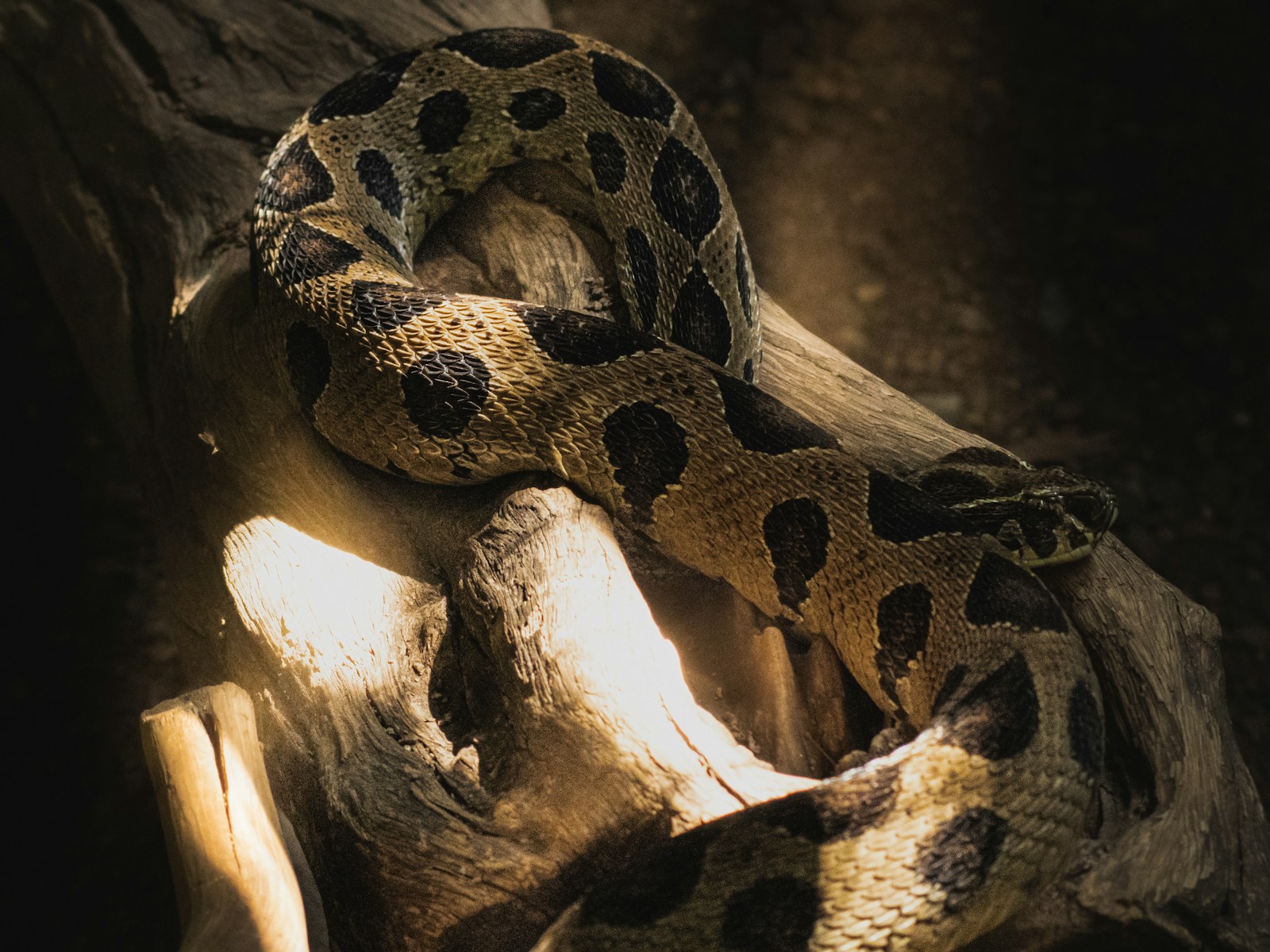
The distinctive jerking behavior of the Wagler’s pit viper involves precise muscular control that few other snake species possess. When engaged in this behavior, the snake positions itself on a branch and allows its body to hang down in loose coils. It then initiates a series of controlled muscle contractions that cause its body to move in short, abrupt jerks that perfectly mimic leaves being disturbed by gusts of wind. The snake can maintain this behavior for extended periods, creating an illusion so convincing that even experienced observers may fail to spot the serpent among actual leaves. Herpetologists note that the jerking movements are not continuous but rather are performed intermittently and with varying intensity, just as real leaves would respond differently to changing wind conditions in the forest canopy.
Visual Characteristics That Enhance the Illusion
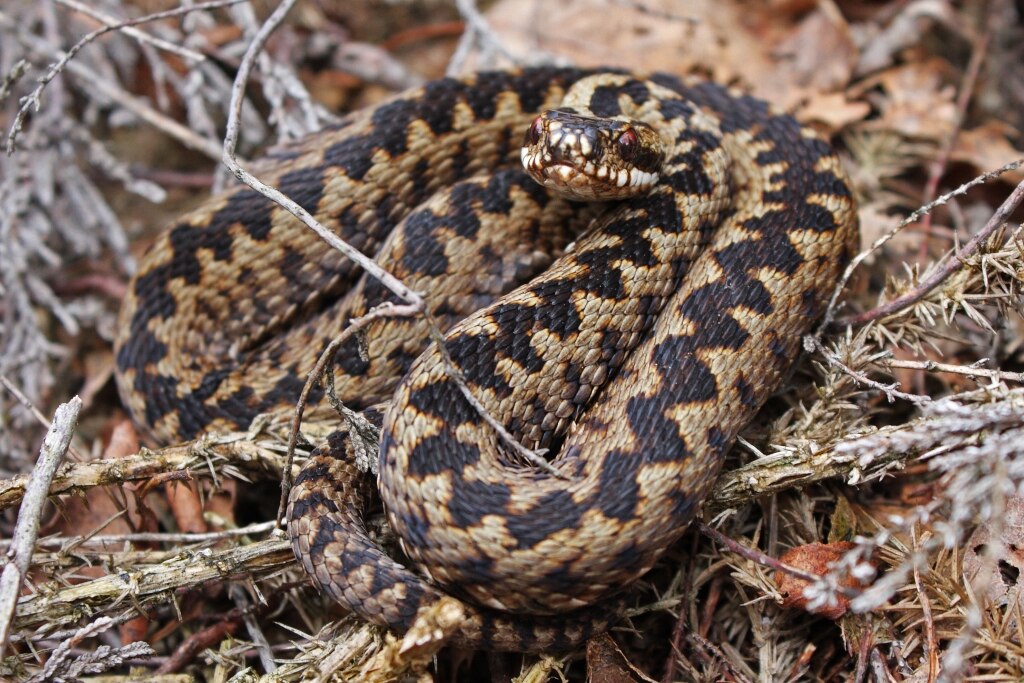
The Wagler’s pit viper’s physical appearance works in perfect harmony with its jerking behavior to create a convincing leaf illusion. The snake’s body is slender and somewhat flattened laterally, giving it a leaf-like profile when viewed from the side. Its scale pattern often includes irregularities and textured surfaces that resemble leaf veins or the natural imperfections found in foliage. The triangular head of the viper, characteristic of its family, can appear similar to a leaf bud or small leaf when positioned appropriately. Most remarkably, some specimens display subtle patterns of light and dark shading that mimic the natural variations seen in leaves, including areas that appear to be spots of decay or damage—details that further enhance the deceptive effect when combined with the jerking movements.
A Deadly Ambush Strategy
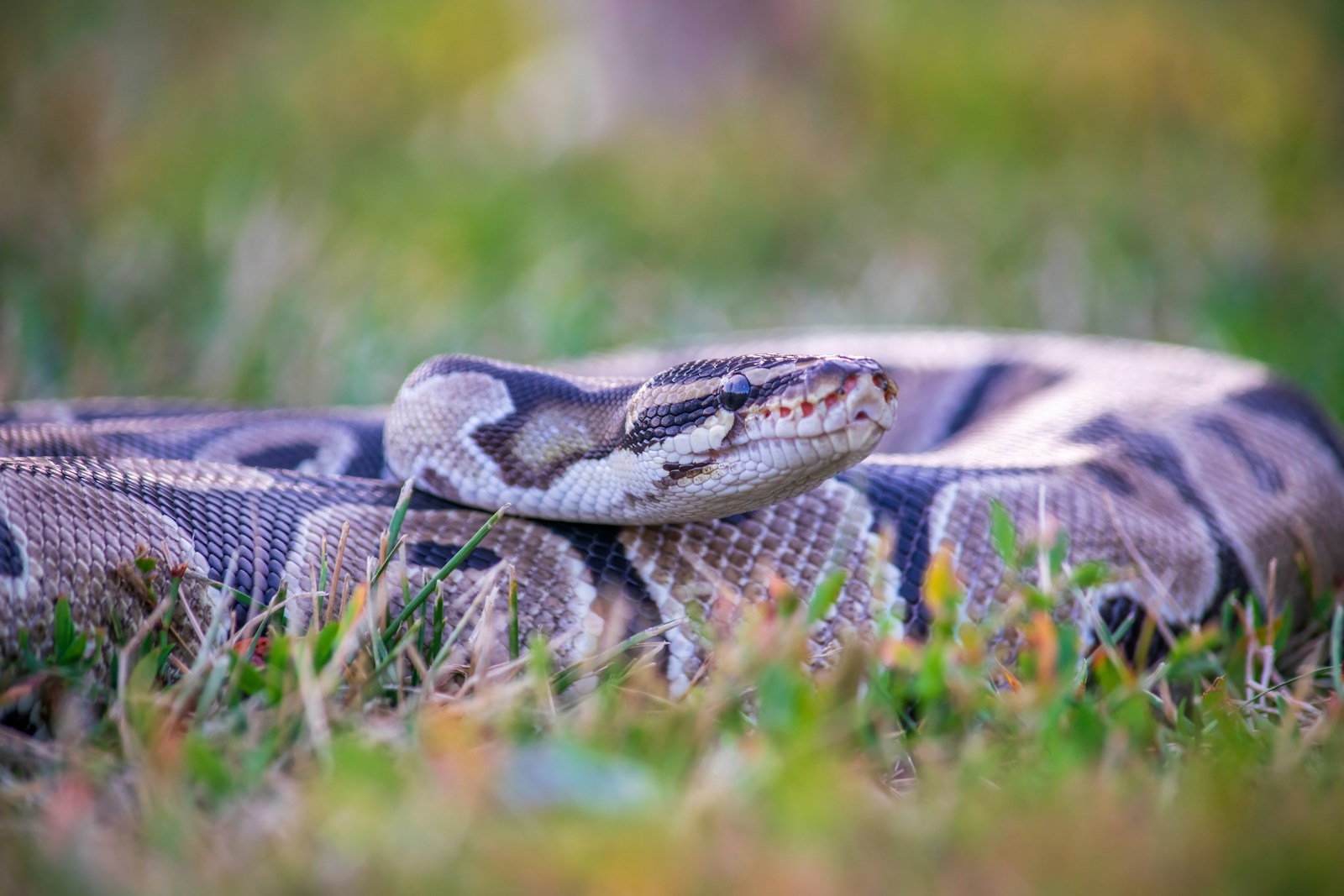
The leaf-mimicking behavior is not merely a defensive adaptation but a sophisticated hunting strategy. Wagler’s pit vipers are ambush predators that rely on remaining undetected until prey ventures within striking distance. By disguising themselves as innocuous leaves, these snakes can position themselves along branches and pathways frequently used by small mammals and birds. The jerking movement may occasionally serve a dual purpose, sometimes attracting curious prey that mistake the movement for that of insects or small animals among the leaves. When prey comes within range, the viper can strike with lightning speed, delivering a potent hemotoxic venom that quickly immobilizes its victim. This sit-and-wait predatory style conserves energy and allows the snake to capture prey that might otherwise detect and avoid a more obviously positioned predator.
Scientific Studies on the Behavior
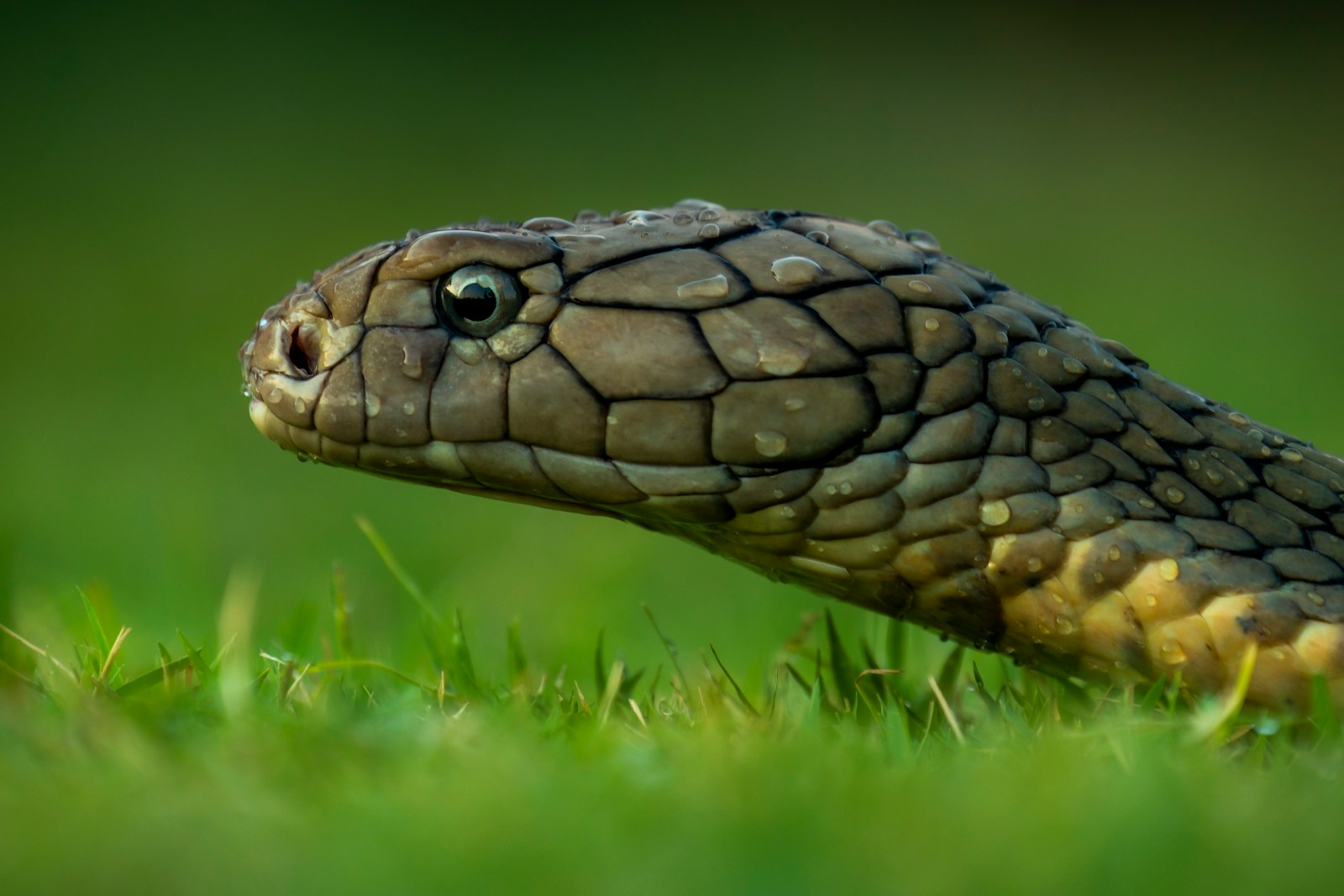
Herpetologists have conducted several studies to understand the mechanisms and effectiveness of the Wagler’s pit viper’s leaf-mimicking behavior. Research using high-speed cameras has revealed that the snake can precisely control both the frequency and amplitude of its jerking movements, adjusting them to match the prevailing environmental conditions. Experimental studies have demonstrated that the behavior significantly reduces detection rates by both potential predators and human observers in controlled settings. One particularly interesting finding is that the snakes appear to modulate their movements based on environmental factors such as wind speed and the movement of surrounding vegetation, suggesting a sophisticated awareness of their environment. Further research continues to explore the neurological basis for this complex behavior and how it evolved from more basic movement patterns seen in related viper species.
Other Snake Species with Similar Adaptations
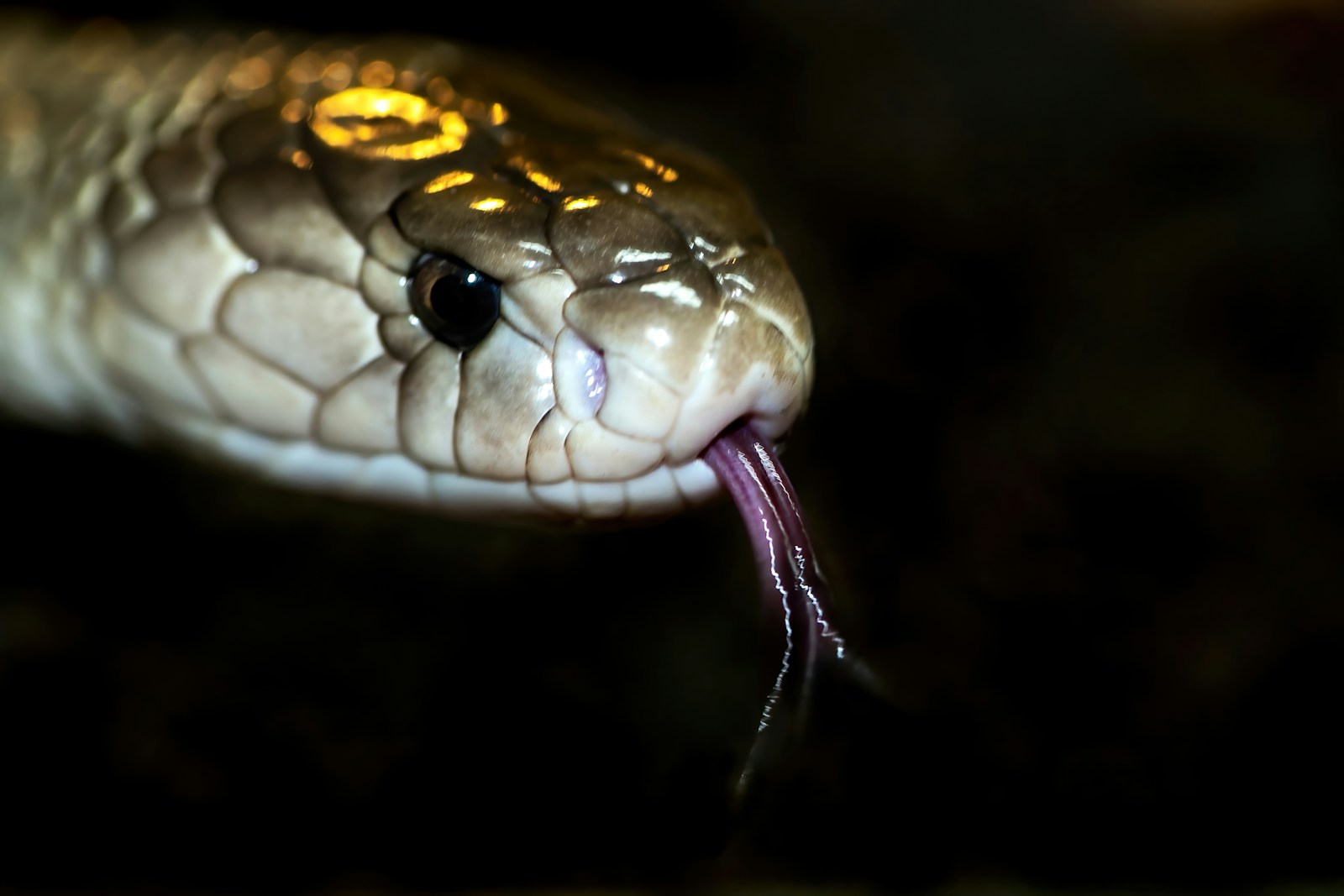
While the Wagler’s pit viper may be the most well-known leaf-mimicking snake, it is not alone in employing this clever disguise. Several other species have evolved similar adaptations, including the aptly named vine snake (Ahaetulla spp.), which resembles a slender green vine with an elongated snout. The rhinoceros ratsnake (Rhynchophis boulengeri) possesses a distinctive pointed scale on its snout that enhances its resemblance to a leaf or vine tendril. The Asian vine snake (Oxybelis fulgidus) combines a thin, elongated body with jerky movements to mimic swaying vines or plant stems. These convergent evolutionary adaptations across different snake families demonstrate how effective this form of camouflage can be in forested environments, providing similar advantages to species that are not closely related but face similar ecological challenges.
Habitat and Distribution
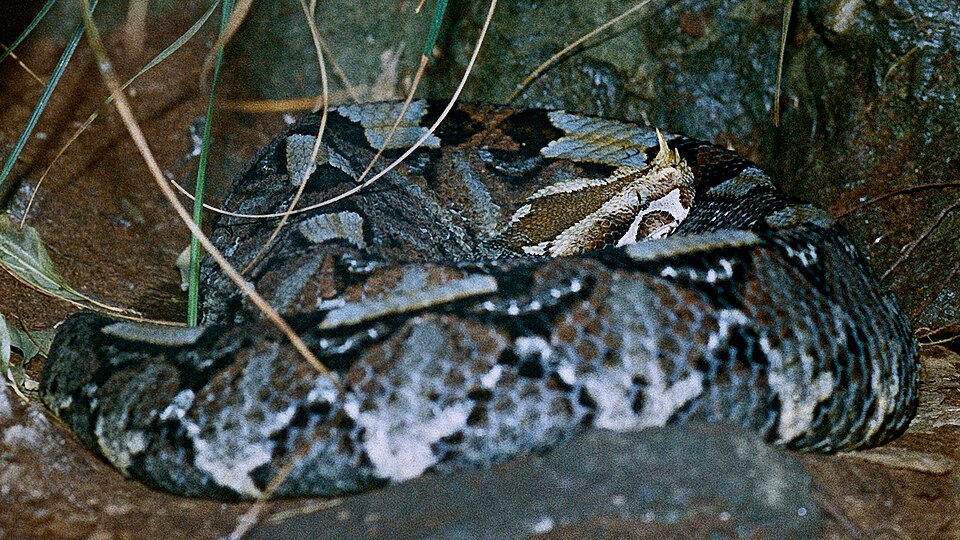
The Wagler’s pit viper inhabits the lush tropical and subtropical forests of Southeast Asia, primarily in lowland and mid-elevation rainforests. These arboreal snakes spend most of their lives in the trees, rarely descending to the forest floor except occasionally during breeding season or when hunting certain prey species. They are particularly common in Malaysia, southern Thailand, Singapore, parts of Indonesia, and the Philippines, thriving in areas with dense canopy cover that provides both hunting opportunities and protection from their own predators. The specific habitat requirements of these snakes highlight the importance of preserving intact forest ecosystems, as fragmentation and deforestation directly threaten their specialized niche. Research indicates that they prefer primary forests with diverse vertical structure that provides various perching options at different heights.
Threats to Survival
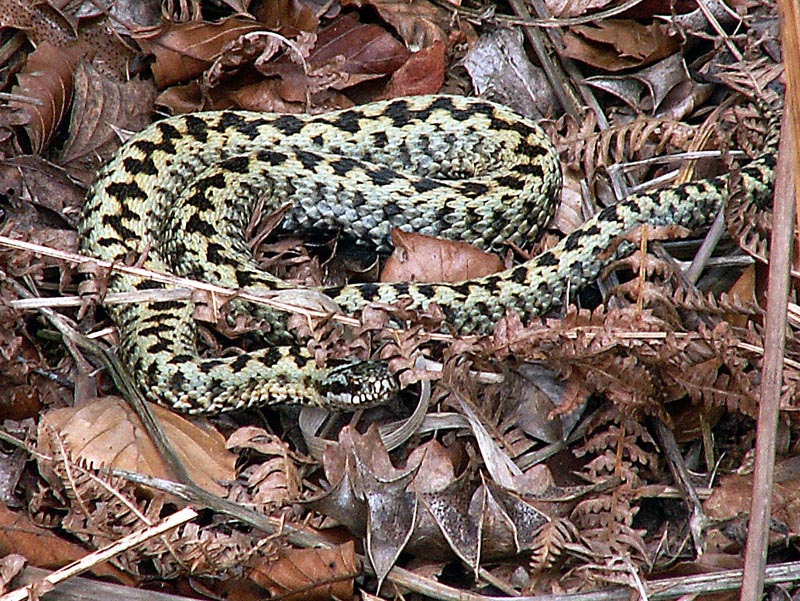
Despite their impressive camouflage abilities, Wagler’s pit vipers face numerous threats in the modern world. Habitat destruction through deforestation for agriculture, logging, and urban development represents the most significant challenge to their survival. Climate change poses additional risks by altering the temperature and precipitation patterns that maintain their forest habitats. The species is also collected for the exotic pet trade, with their striking appearance and interesting behaviors making them desirable to collectors. In some regions, these snakes are killed out of fear or for their supposed medicinal properties in traditional medicine practices. While not currently listed as endangered, population trends suggest that increased conservation attention may be necessary to ensure their long-term survival in the wild.
Cultural Significance and Human Interactions
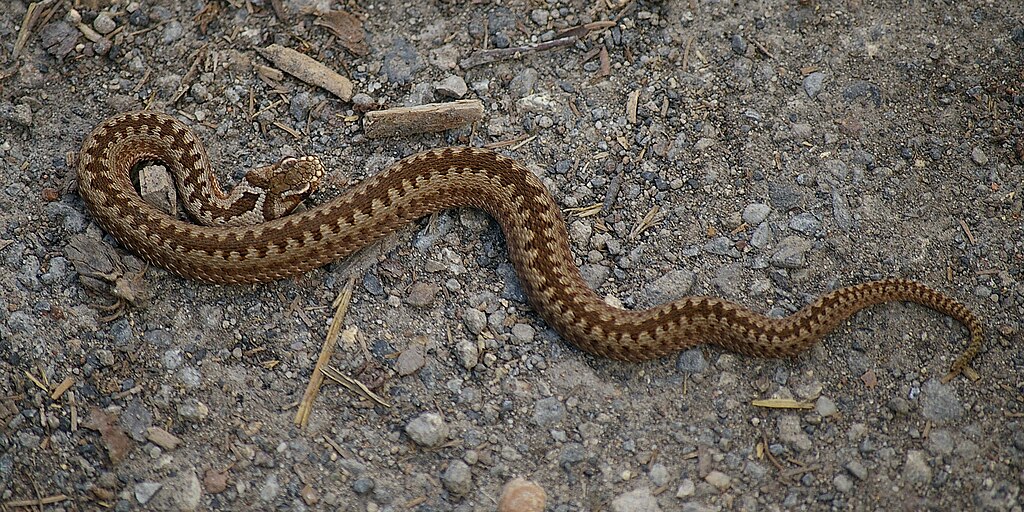
The Wagler’s pit viper has significant cultural relevance in parts of its range, particularly in Malaysia and Indonesia where it is sometimes known as the temple viper due to its occasional presence in temple gardens. In some local traditions, the snake is considered a symbol of patience and strategic thinking because of its hunting style. However, as a venomous species, it is also feared and often killed when encountered near human settlements. Wildlife tourism focusing on herpetofauna has created more positive interactions, with specialized guides taking visitors on night walks to spot these masters of disguise in their natural habitat. Educational programs in several countries now highlight the ecological importance of these snakes and their right to exist alongside human communities, gradually changing long-held negative perceptions.
Venom Characteristics and Medical Significance

The Wagler’s pit viper possesses a sophisticated venom delivery system typical of pit vipers, with folding fangs that can inject a potent hemotoxic venom. This venom primarily affects the blood and tissue of victims, causing symptoms including severe pain, swelling, blistering, and potential tissue necrosis if left untreated. While rarely fatal to humans due to the relatively small venom yield, bites can result in significant morbidity and potential long-term complications without proper medical attention. Interestingly, research into the venom of these snakes has identified several compounds with potential pharmaceutical applications, including proteins that may aid in developing treatments for blood clotting disorders. This medical significance adds another dimension to conservation arguments, highlighting how protecting species like the Wagler’s pit viper may benefit human medicine through future bioprospecting opportunities.
Conservation Efforts and Research Initiatives
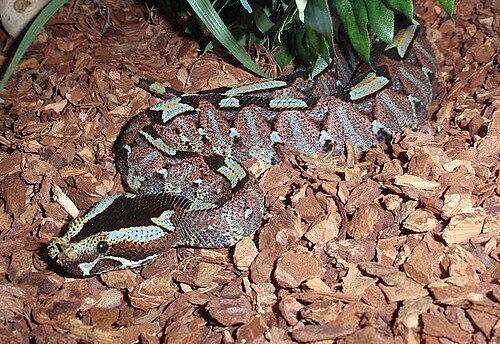
Several conservation organizations and research institutions are working to better understand and protect the Wagler’s pit viper and its habitat. Current initiatives include population monitoring programs in protected areas, habitat restoration projects in degraded forests, and captive breeding efforts in zoos and specialized facilities. Researchers are employing modern technologies such as radio tracking and environmental DNA sampling to gather data on movement patterns and population densities that were previously difficult to obtain for such well-camouflaged species. Public education campaigns in range countries are helping to reduce persecution and illegal collection by highlighting the ecological importance of these predators in controlling rodent populations. Collaborative efforts between governments, NGOs, and local communities are essential for ensuring these remarkable snakes continue to perform their leaf-mimicking dance in forests for generations to come.
Observing the Behavior in the Wild
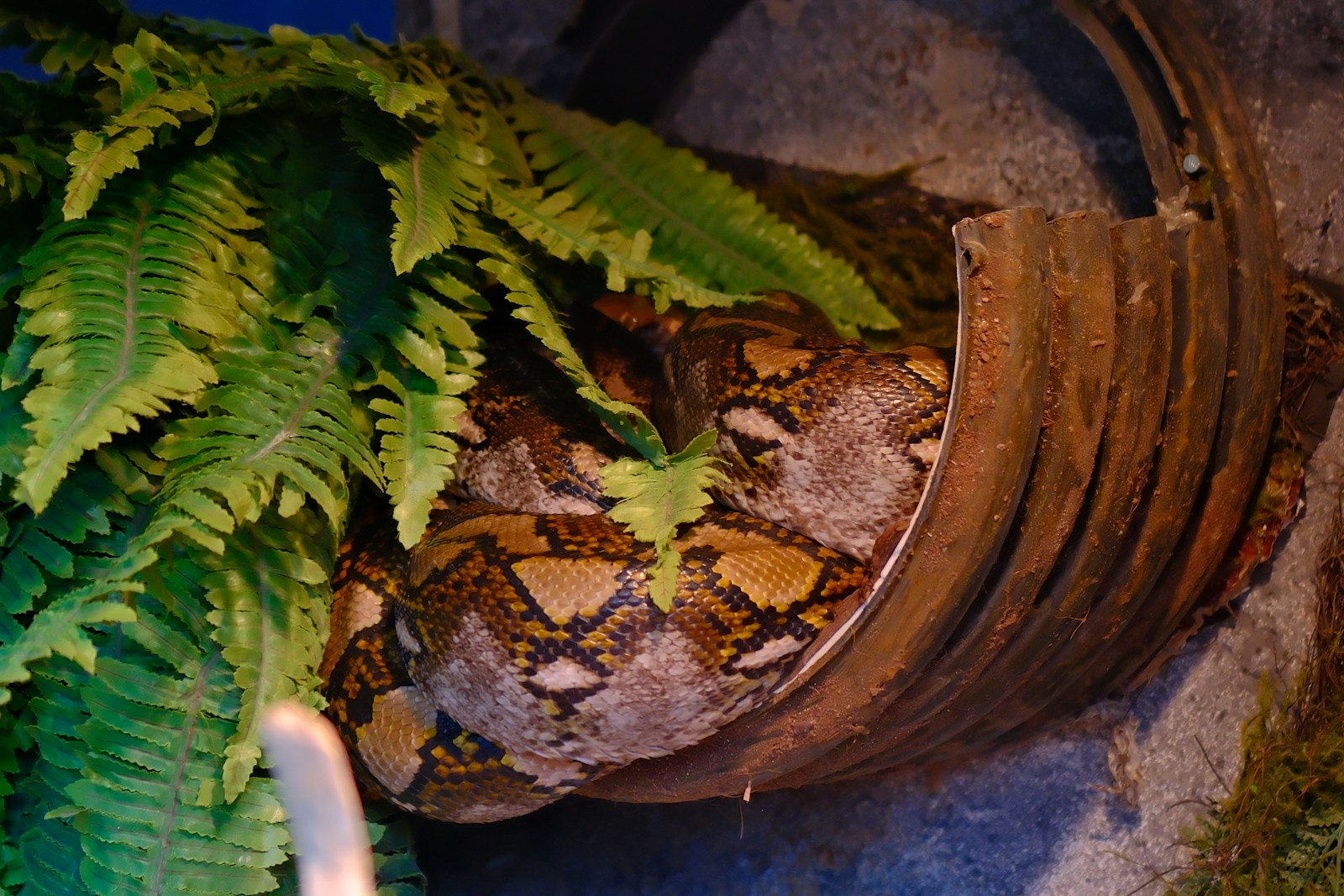
For wildlife enthusiasts hoping to witness the remarkable leaf-mimicking behavior of the Wagler’s pit viper, patience and expert guidance are essential. The best opportunities come during night walks in protected forest areas throughout their range, particularly in Malaysia’s national parks and nature reserves. Experienced guides can identify subtle signs of the viper’s presence that untrained eyes would miss, such as the slightly unnatural pattern of movement compared to surrounding vegetation. Observers should maintain a respectful distance and avoid disturbing the snake, as this can stress the animal and potentially provoke a defensive response. Photography enthusiasts face particular challenges capturing this behavior, as the snake’s camouflage often tricks automatic focus systems and the low light conditions of the forest understory require specialized equipment. The reward, however, is witnessing one of nature’s most sophisticated examples of evolutionary adaptation in action.
Conclusion
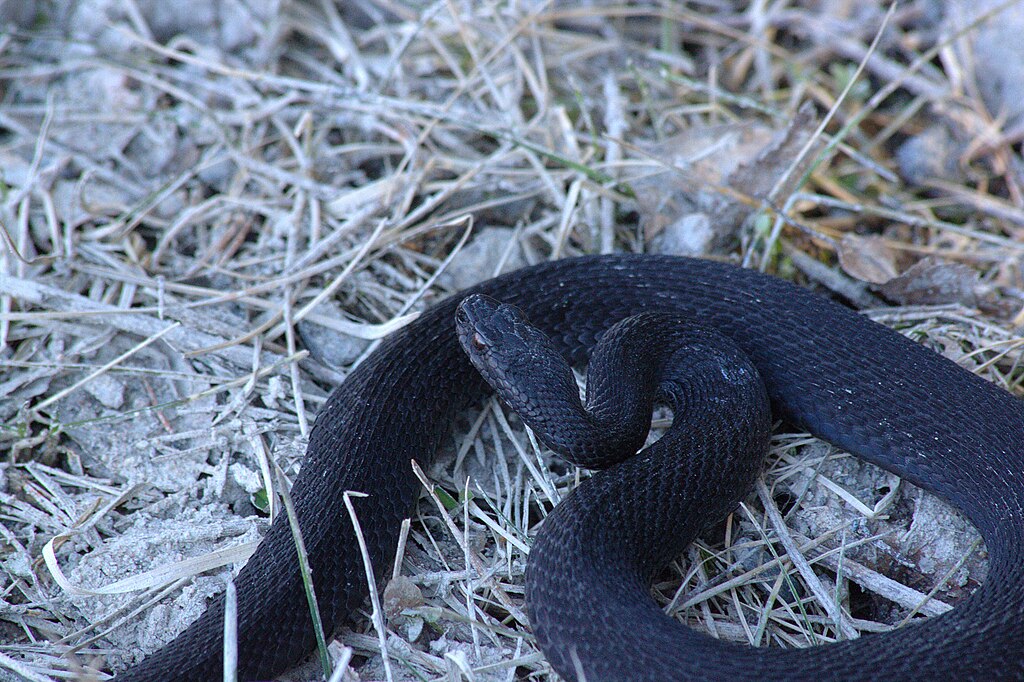
The Wagler’s pit viper’s remarkable ability to mimic fluttering leaves through specialized jerking movements represents one of nature’s most sophisticated examples of evolutionary adaptation. This behavior, combined with its physical characteristics and coloration, creates a nearly perfect disguise that serves both defensive and predatory functions. As we continue to study these fascinating creatures, we gain deeper insights into the complex relationships between form, function, and environment that drive evolutionary processes. Conservation of the tropical forest habitats that support these and countless other specialized species remains crucial not only for preserving biodiversity but also for maintaining the full spectrum of nature’s ingenuity—including the mesmerizing dance of the snake that looks like fluttering leaves.





